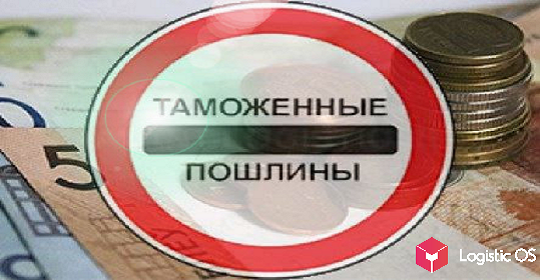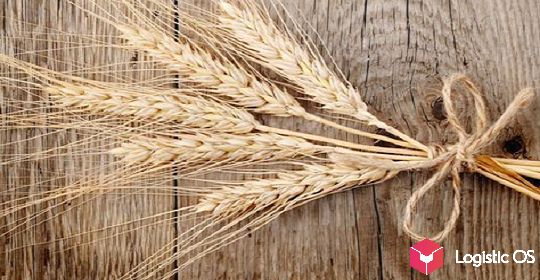According to official forecasts, inflation for this year will be around 5-7%. But products in stores can rise in price much more, experts warn.
Georgy Ostapkovich, director of the Center for Market Research at the Institute for Statistical Research and Economics of Knowledge, NRU HSE, notes that 5-7% is an overly optimistic inflation rate.
More likely around 6-8%. But here, too, it is useful to ask the question, what kind of inflation are we talking about?
The so-called consumer price index (CPI) is the average value of three indices:
— CPI for food products
— CPI for non-food products
— CPI for services
At the same time, the CPI for food products usually overtakes the CPI for non-food products — and then, in turn, ahead of the CPI for services.
So it turns out that if the general CPI (it is usually called «inflation») is 6-8%, then products can rise in price by 9-10%, or even more.
For example, last year the «food» CPI added as much as 14%.
Of course, this does not mean that sausage, sugar and celery have risen in price in the same way. Some products can skyrocket in price by 20%, others by only 2%.
In comparison with last January, for example, the prices of tomatoes rose the most – 20%, meat – 15%, sugar – 11%.
Who is hit hardest by food inflation?
Much depends on the individual consumer basket.
But mostly, of course, people with low incomes, who spend up to 60% of all money on food, are under attack.
At the same time, all payments for this category of people are actively indexed. It is possible that this year, especially as it is pre-election year, they will be offered additional subsidies.
All together, this may well offset the negative effect of rising prices.
Farmers may suffer
The problem is that people began to buy less products, spending less money.
Consequently, the demand for agricultural products is reduced, which leads to the risks of shortfall in revenue. A
Their current situation is very difficult. On the one hand, there is external pressure: sanctions, problems with ship insurance and payments.
On the other hand, export duties limit profits.
Finally, there are difficulties with the supply of components for agricultural machinery and other equipment, which leads to an increase in production costs.
Therefore, here it is necessary to avoid a situation in which producers decide to reduce the area under crops. And for this, you can either soften export sanctions, or come up with direct support measures.

